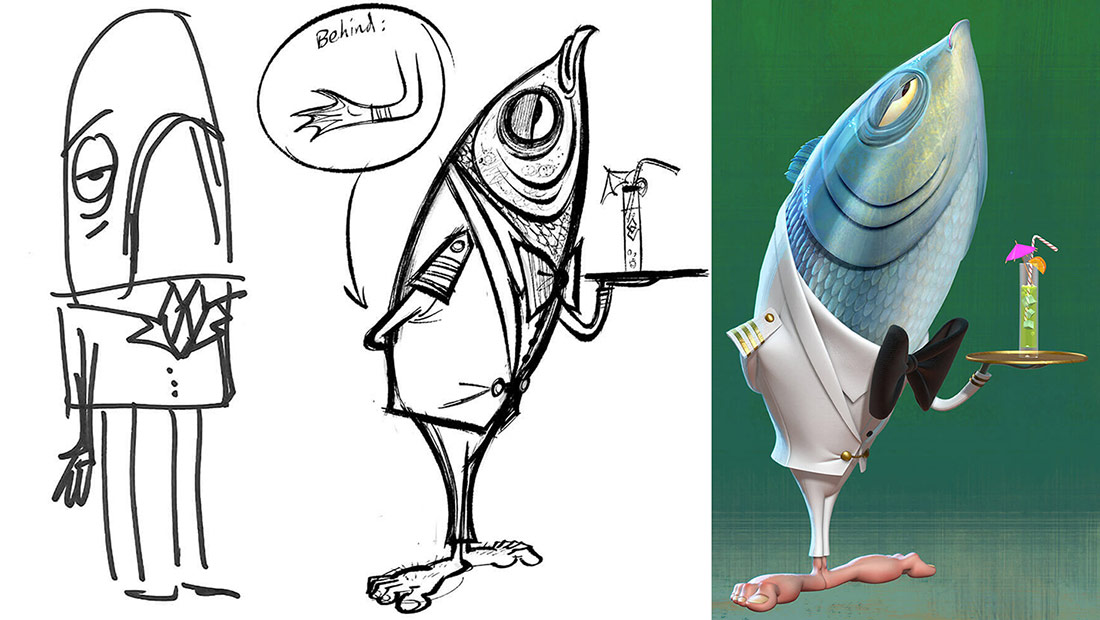Personally, I found this assignment to be very enjoyable and it really helped me grasp 3D modelling. I am aware that I have made several mistakes throughout my process, however I now acknowledge those mistakes and can definitely do better next time I am assigned with a project like this one.
One of my biggest issue’s was not merging my pieces together. Instead of merging the head with the body, I kept it seperate in fear that I would perhaps need to alter the head or neck somehow, however I now acknowledge that even if this was the case, I could have just seperated the parts if the situation truly called for it. I also think I need to do a bit more research in regards to marking seams as this part still confused me a little since I thought I had marked seams in much more convenient areas, however it turned out to be the complete opposite. For future reference, I will be watching more tutorials regarding unwrapping and marking seams, since I feel like this specific aspect is what makes my model much more lacking.
In terms of the research that we had to do around Genndy Tartakovsky, I didn’t particularly struggle with this. I enjoy doing crucial research prior to starting my assignments and it was quite interesting to study his style. Whilst researching Tartakovsky and his designs was fairly easy, I definitely found that it was not so easy to replicate his art style. Tartakovsky’s style is very animated and dramatic and so I had to venture a little outside of my comfort zone to try and achieve this look. Admittedly, my final design definitely doesn’t look absolutely true and perfect to Tartakovsky’s style, however I believe that it does follow his more cute characters closely enough and I can envision a character like mine existing within the universe of Hotel Transylvania.
My favourite part of this project was actually making the model. It has honestly given me a lot of enjoyment in working with 3D software. Before this, I had been weary that I would just detest 3D work since I had struggled with our previous assignment with grasping the ropes of 3D work, however this assignment has definitely sparked a love and enjoyment for 3D modelling. Of course, my model wasn’t perfect. I should have merged the model and connected edge seams, however I didn’t quite take this into account back then in fear of something going wrong. Despite this, I am still quite proud of the final outcome of my model, and although it is definitely flawed, I personally am quite proud of how she looks considering that this is my first time trying to create a character using 3D software.
In conclusion, I can acknowledge that my model most certainly had several flaws, however I also acknowledge that this is all still very new to me and I am still trying to adjust to the software. Ultimately, I do think I could’ve put in a few more hours to refine some mistakes, however even with that I do think my final model still looks quite nice and does follow the reference design.













